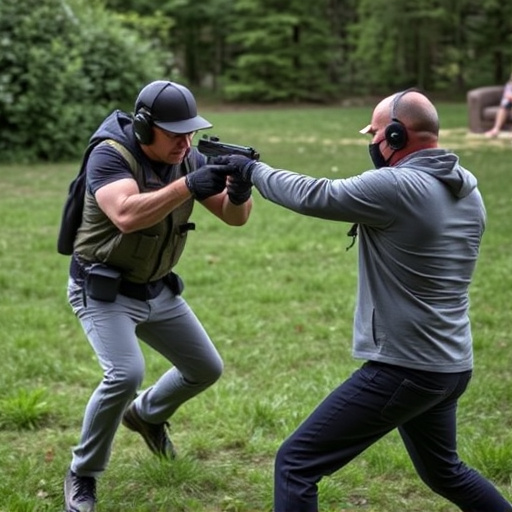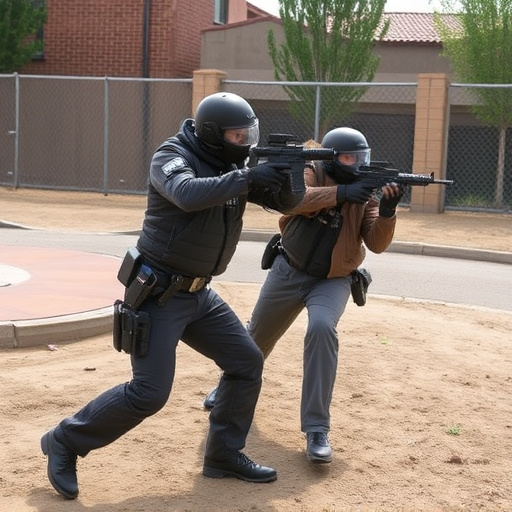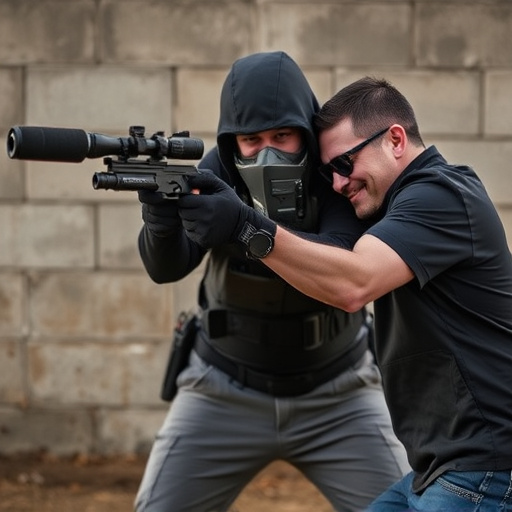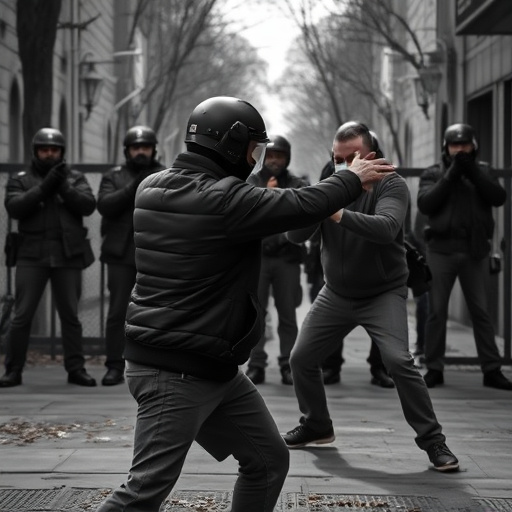Compact stun guns with integrated flashlights have transformed personal safety by offering a versatile tool for self-defense in low-light scenarios. Understanding the complex diffusion patterns of electrical current, influenced by resistance, voltage, and conductor properties, is crucial for optimizing device performance and safety standards. This knowledge ensures these compact stun guns deliver powerful shocks while maintaining reliable flashlight functionality, enhancing user protection during challenging situations.
“Unraveling the mysteries of electrical current spread is crucial in understanding the power behind compact stun guns with flashlights. This article delves into the intricate behavior of currents, focusing on their unique spread patterns. We explore how these patterns influence the effectiveness and safety of compact stun devices equipped with flashlights.
Through a comprehensive analysis of techniques and tools used to study current flow, we uncover insights that have profound implications for safety and security measures.”
- Understanding Electrical Current and Its Behavior
- The Impact of Compact Stun Guns with Flashlight
- Analyzing Spread Patterns: Techniques and Tools
- Applications and Implications for Safety and Security
Understanding Electrical Current and Its Behavior

Electrical current, a fundamental concept in physics and engineering, refers to the flow of charged particles (electrons) through a conductor. This phenomenon is crucial in understanding how power is transmitted and utilized in various devices, including compact stun guns with flashlights. The behavior of electrical current is intricate, with patterns influenced by factors like resistance, voltage, and the physical properties of conductors.
When an electric charge moves, it creates a field that interacts with other charges, leading to complex diffusion patterns. Analyzing these spread patterns offers valuable insights into the performance and efficiency of electrical systems. In compact stun guns, for instance, understanding current flow is essential for ensuring consistent and powerful shocks while maintaining flashlight functionality, highlighting the practical application of this analysis in everyday devices.
The Impact of Compact Stun Guns with Flashlight

Compact stun guns equipped with flashlights have emerged as innovative self-defense tools, blending illumination and electrical shock delivery in a single, portable device. This integration offers users enhanced visibility during potentially dangerous encounters while providing an additional layer of safety through the stun gun’s powerful jolt. The compact design makes them easily concealable, allowing individuals to carry them discreetly for added peace of mind.
The combination of a flashlight and stun gun in one tool is particularly advantageous in low-light conditions or outdoor settings. Users can quickly illuminate an area while also deterring potential threats with the stun gun’s electric current, making it a versatile option for personal safety and emergency situations alike. This innovative approach to self-defense ensures that individuals are better prepared to navigate challenging environments with increased awareness and protection.
Analyzing Spread Patterns: Techniques and Tools

Applications and Implications for Safety and Security

The analysis of electrical current spread patterns offers valuable insights into various applications, particularly in the realm of personal safety and security devices. Compact stun guns equipped with flashlights are a prime example. By understanding how electric current flows through these instruments, manufacturers can optimize their design and performance. This knowledge enables the creation of more efficient and effective self-defense tools, ensuring users have an extra layer of protection in potentially dangerous situations.
Moreover, such analysis plays a crucial role in enhancing safety standards. It helps identify potential risks associated with electrical devices, allowing for proactive measures to mitigate hazards. For instance, by studying current spread, engineers can improve the overall safety of compact stun guns and similar devices, making them less susceptible to malfunction or accidental discharge, which is critical for user well-being.
Electrical current spread pattern analysis plays a pivotal role in understanding how compact stun guns with flashlights affect human safety. By employing advanced techniques and tools, researchers can map and analyze the distribution of current, providing valuable insights into their effectiveness and potential risks. This knowledge is essential for enhancing safety protocols and ensuring that these devices are used responsibly. The applications extend beyond self-defense, impacting various sectors’ security measures, from law enforcement to personal protection.
